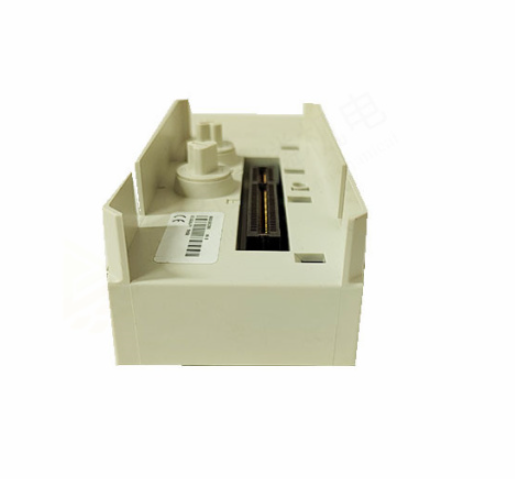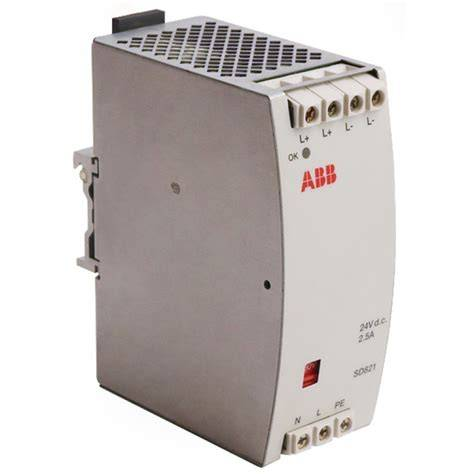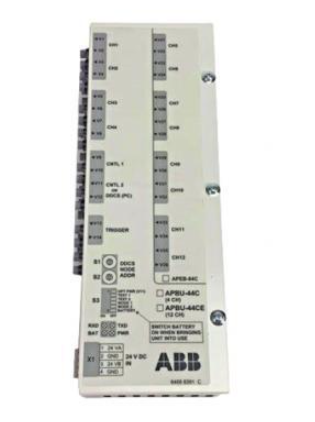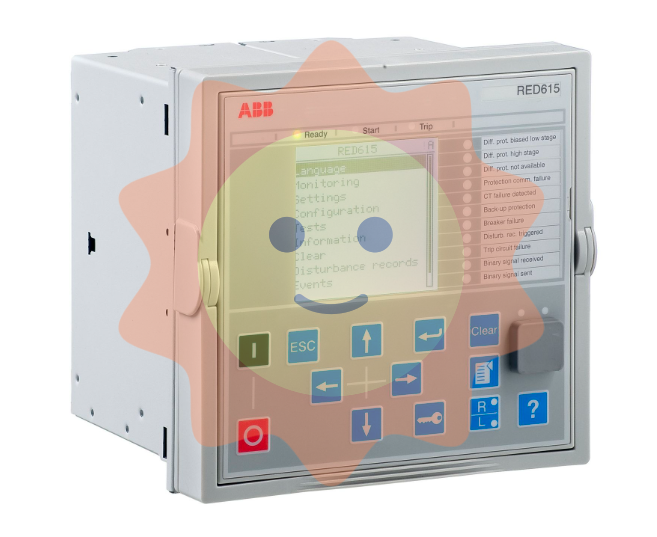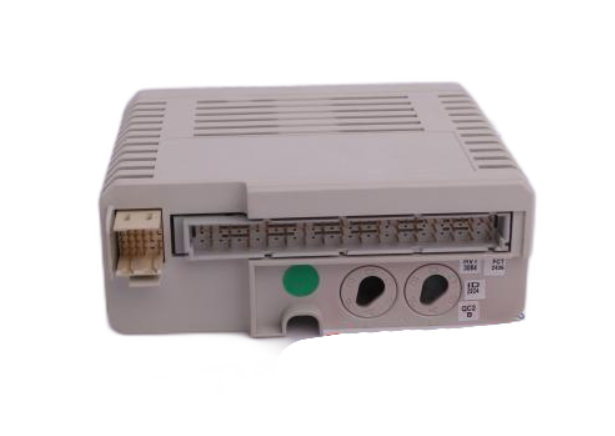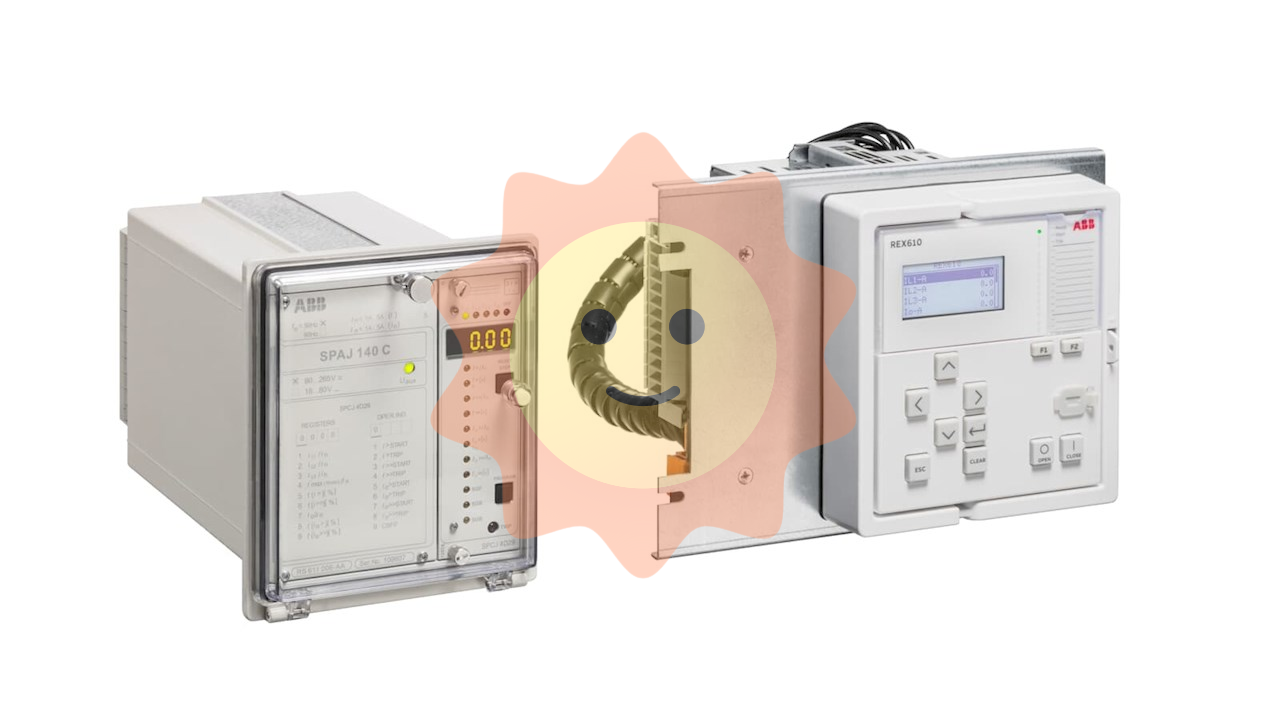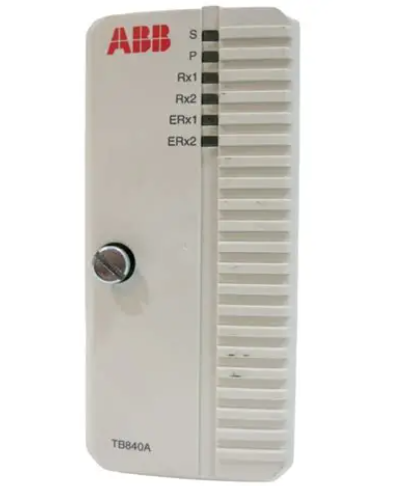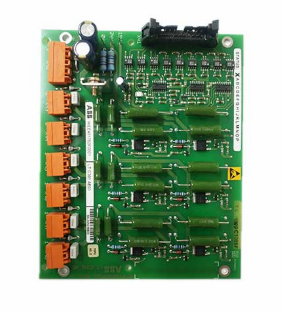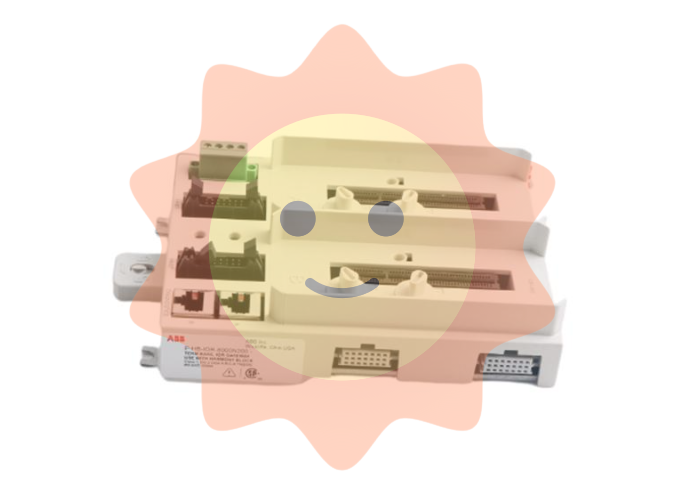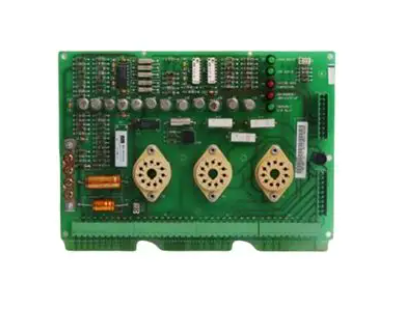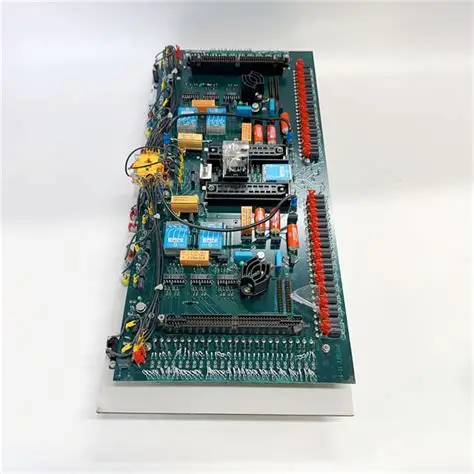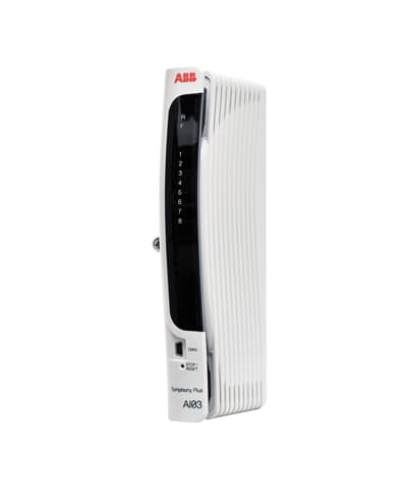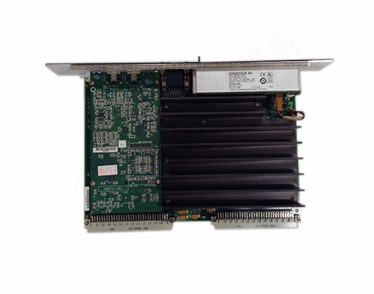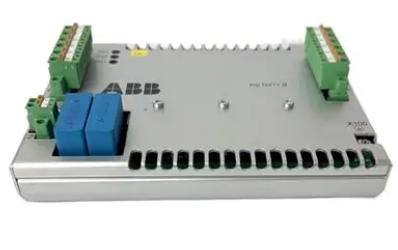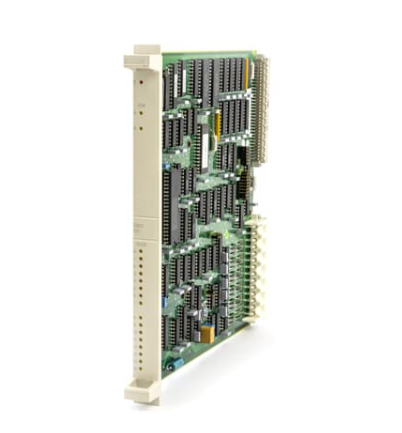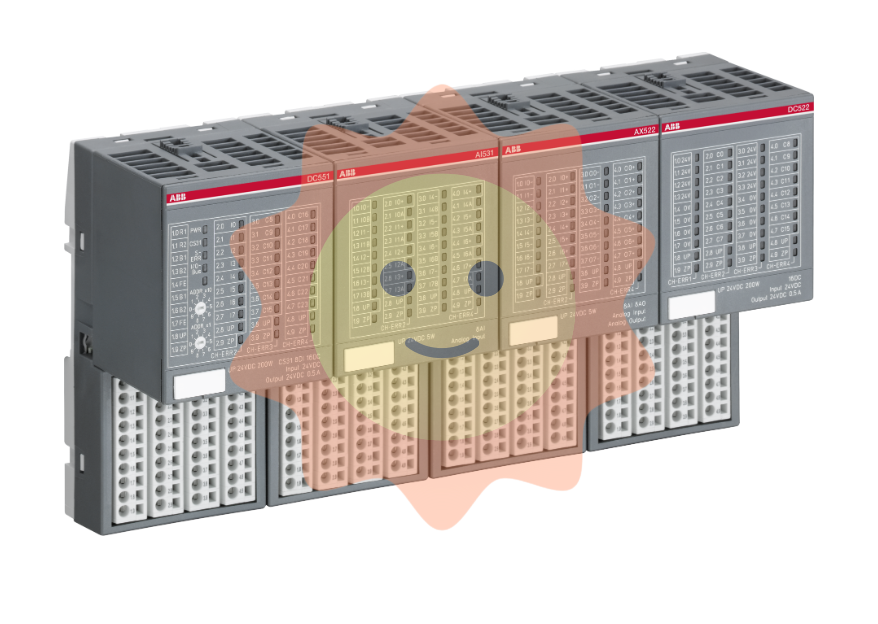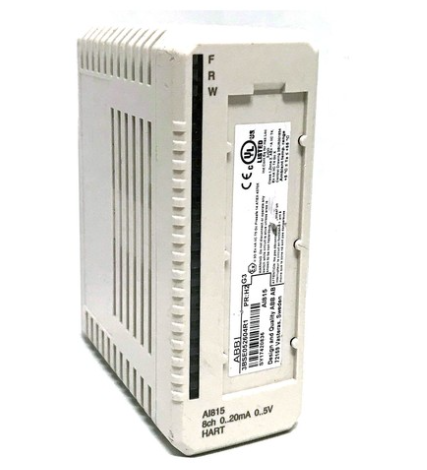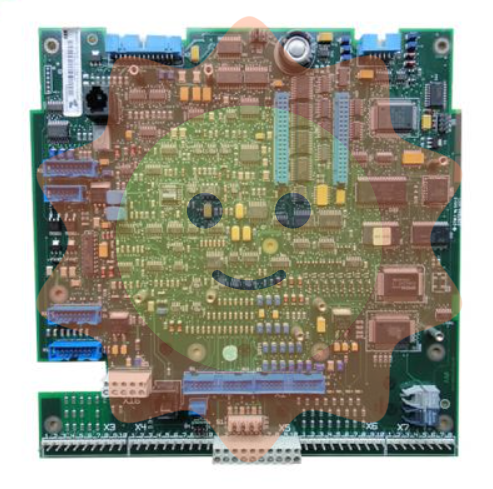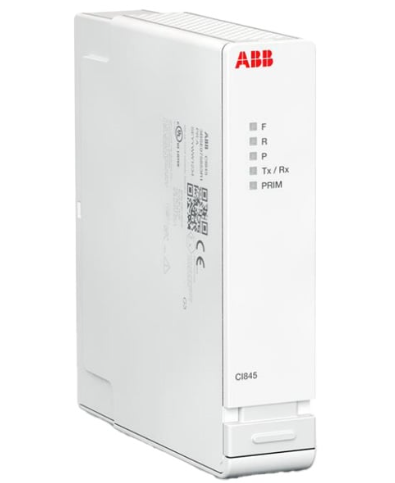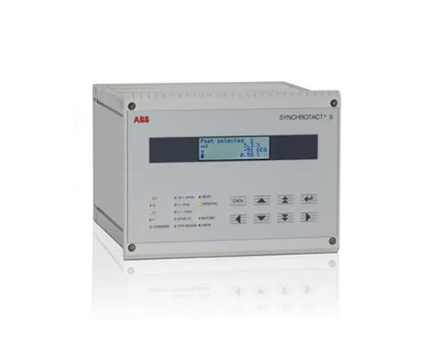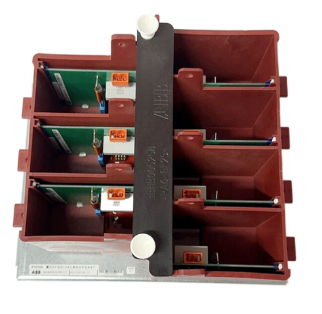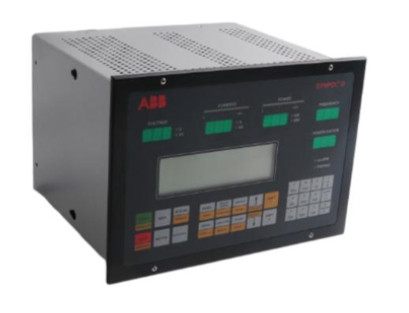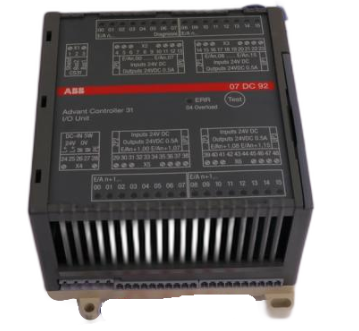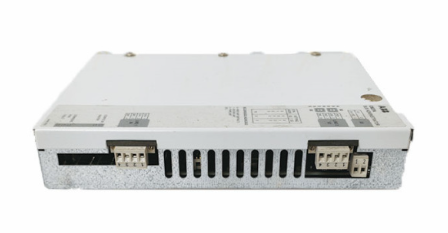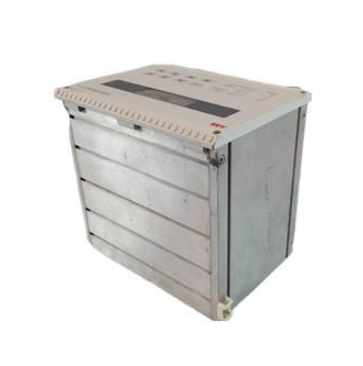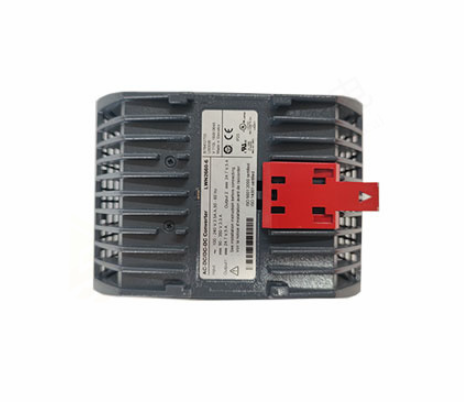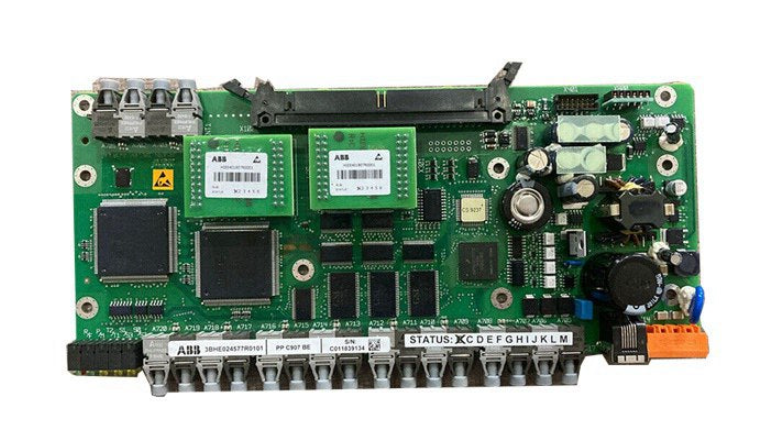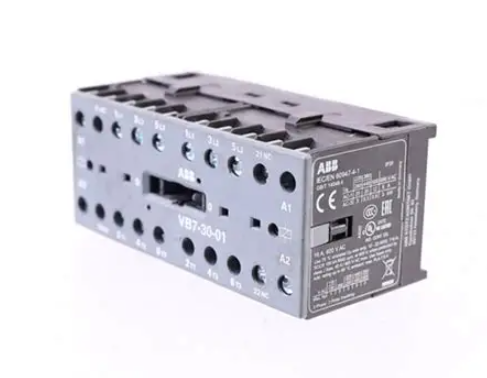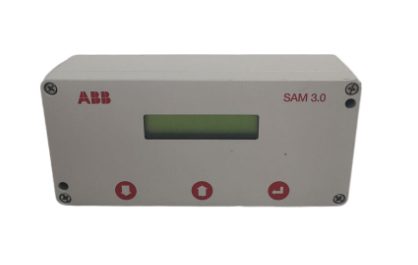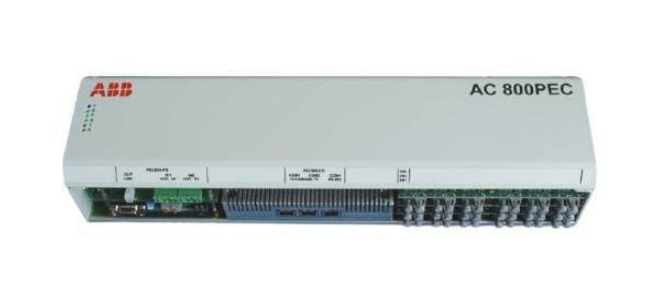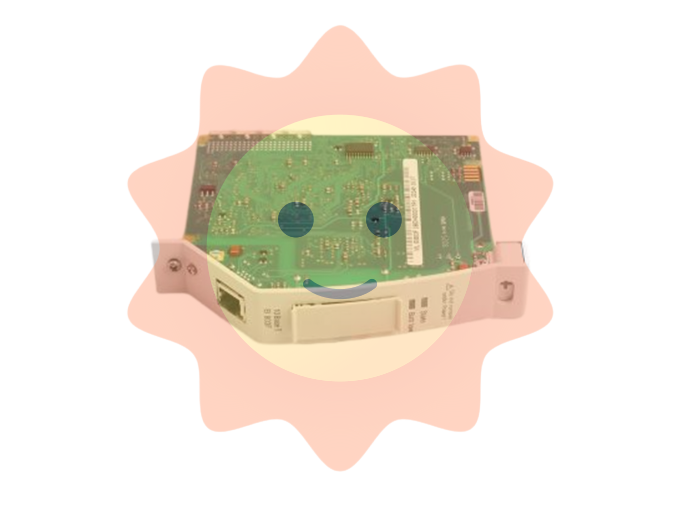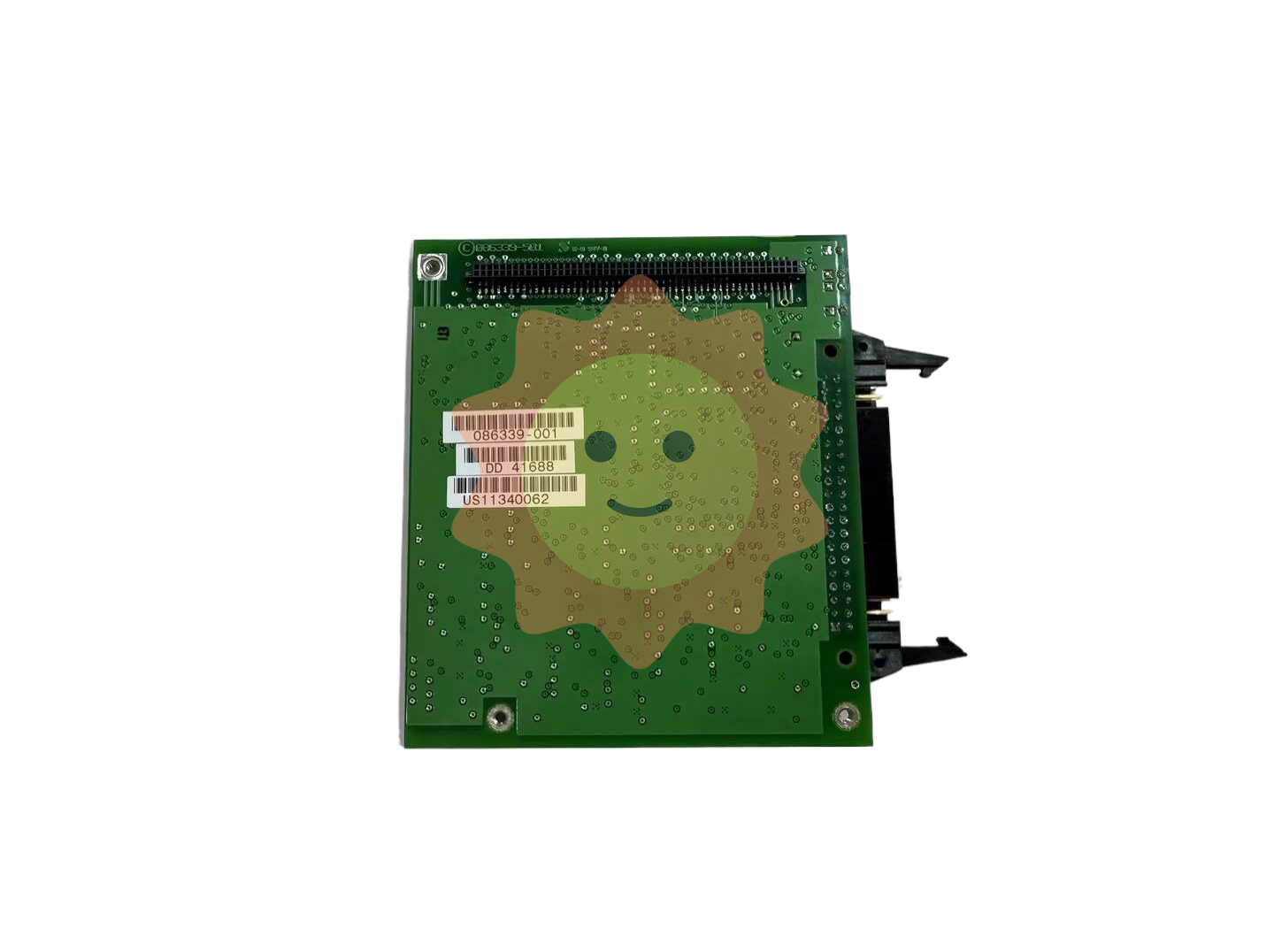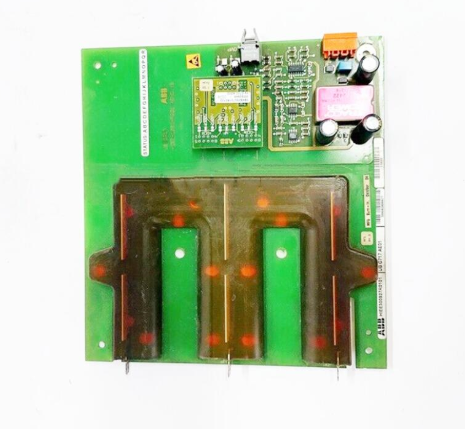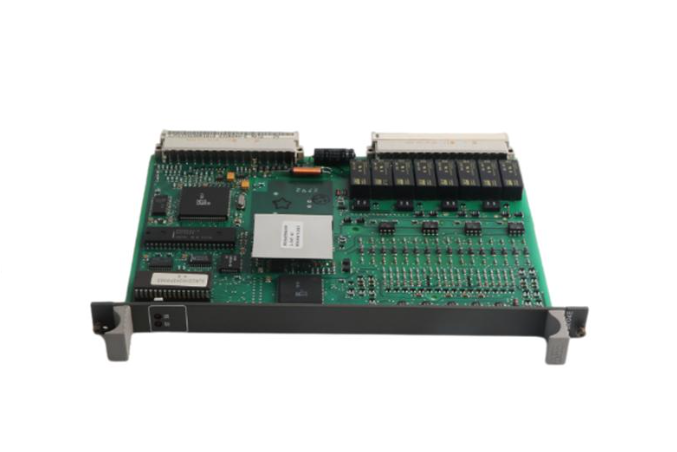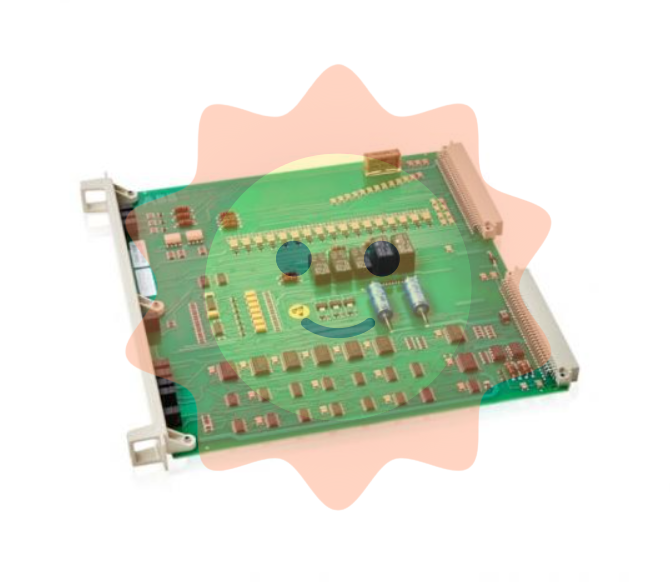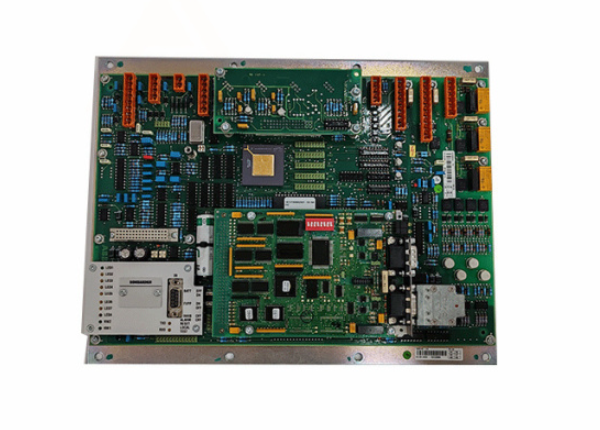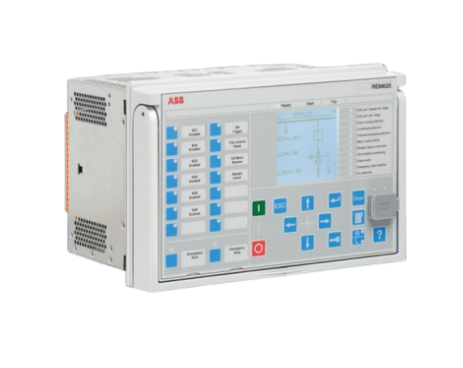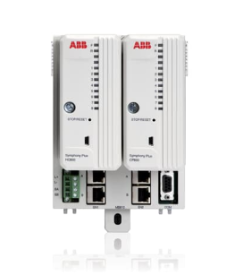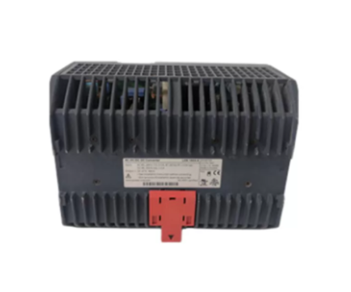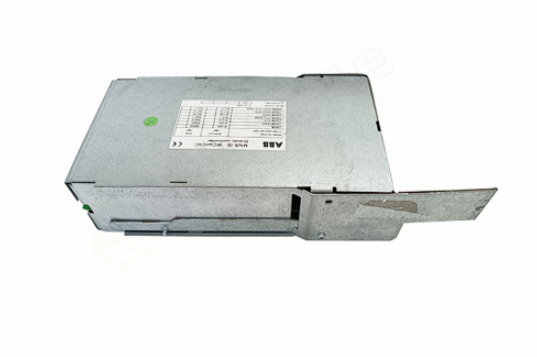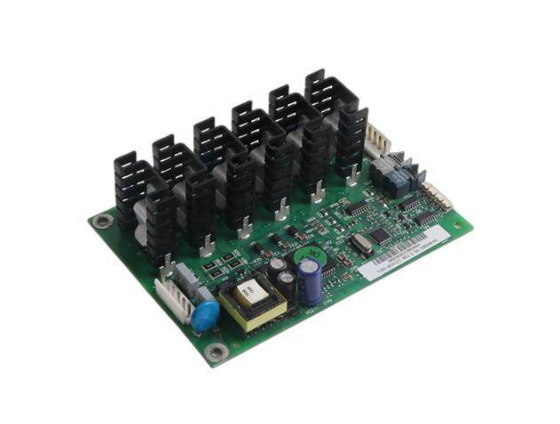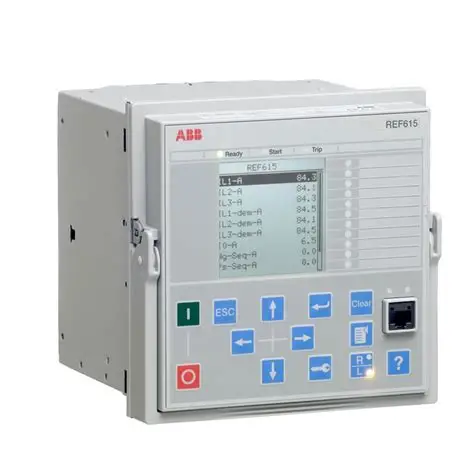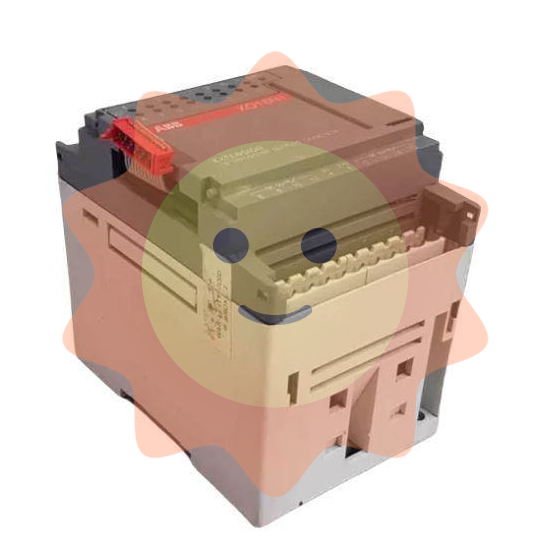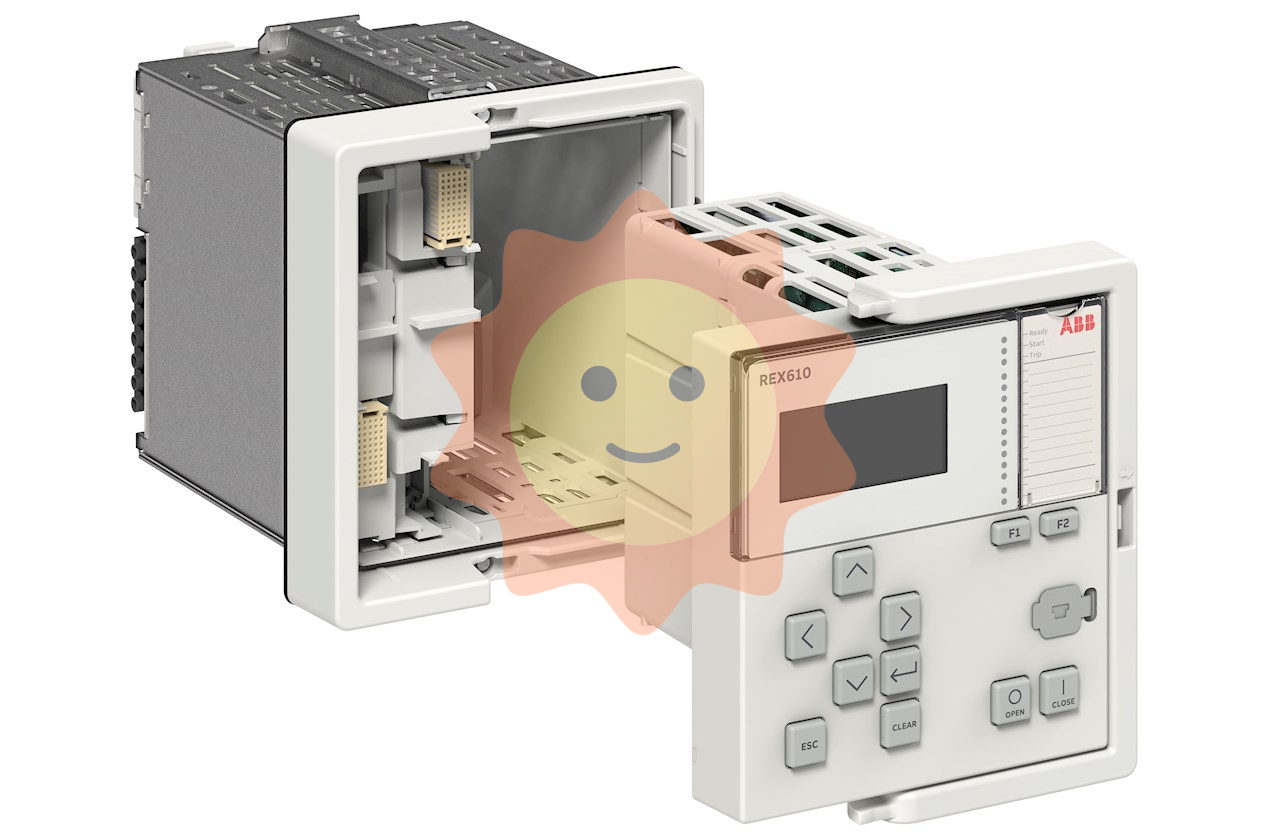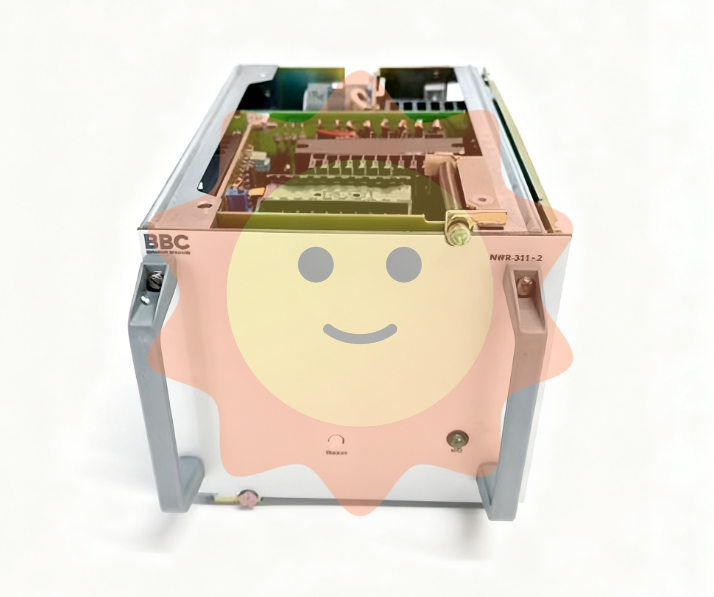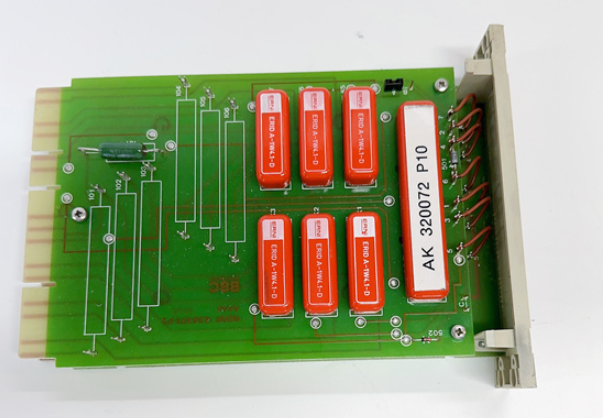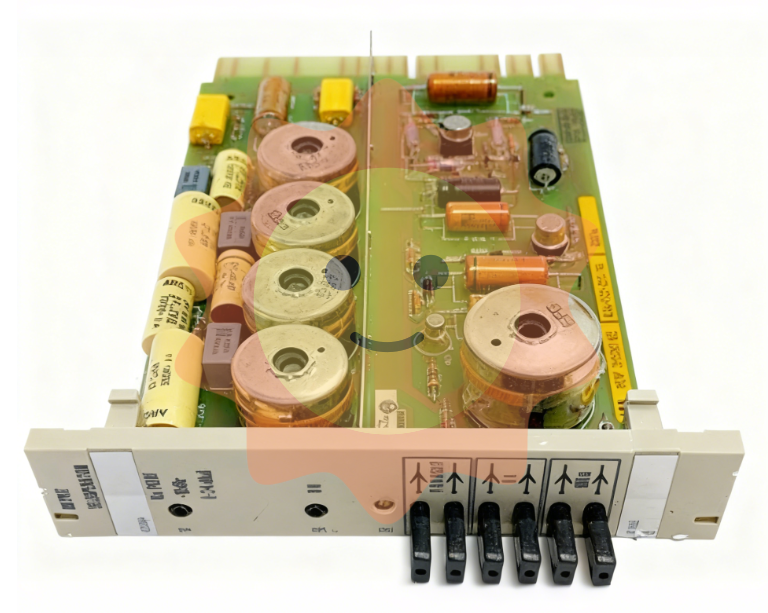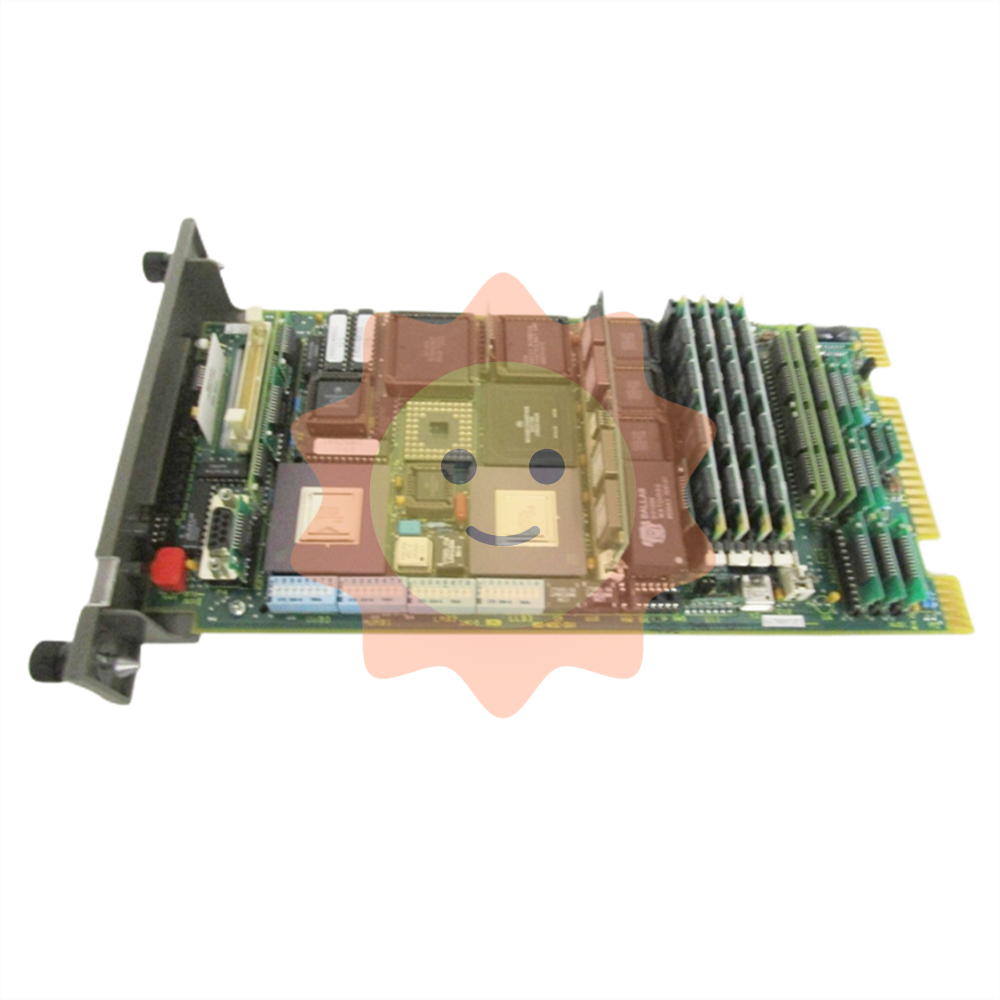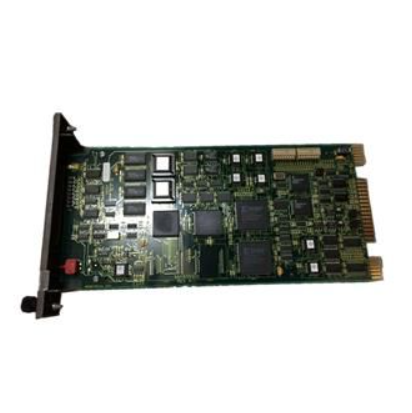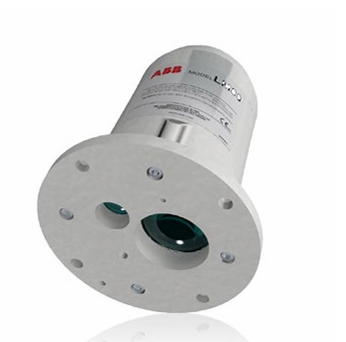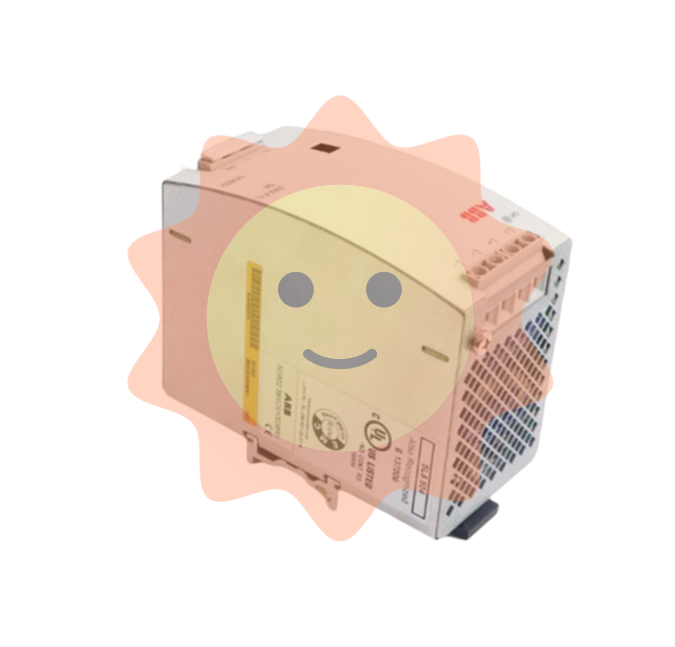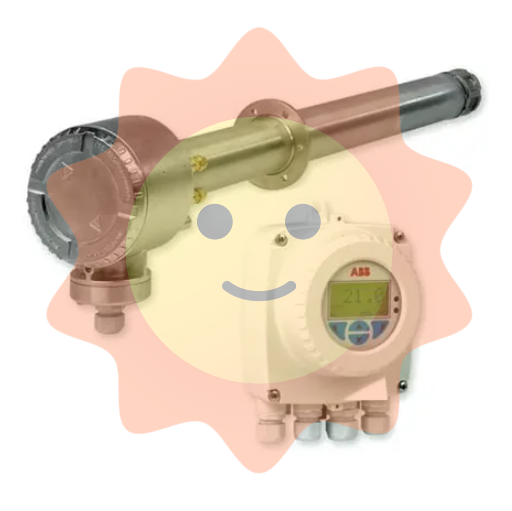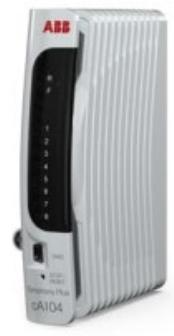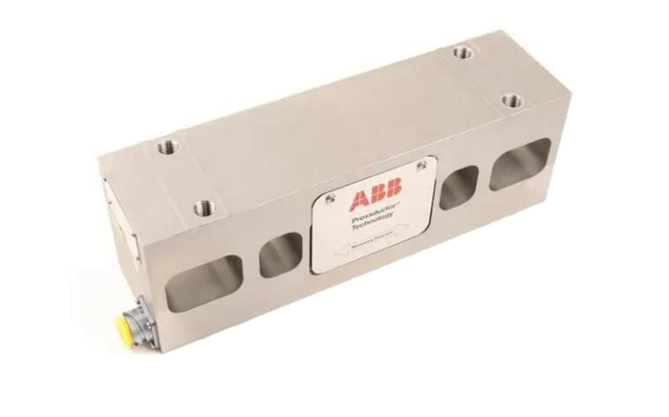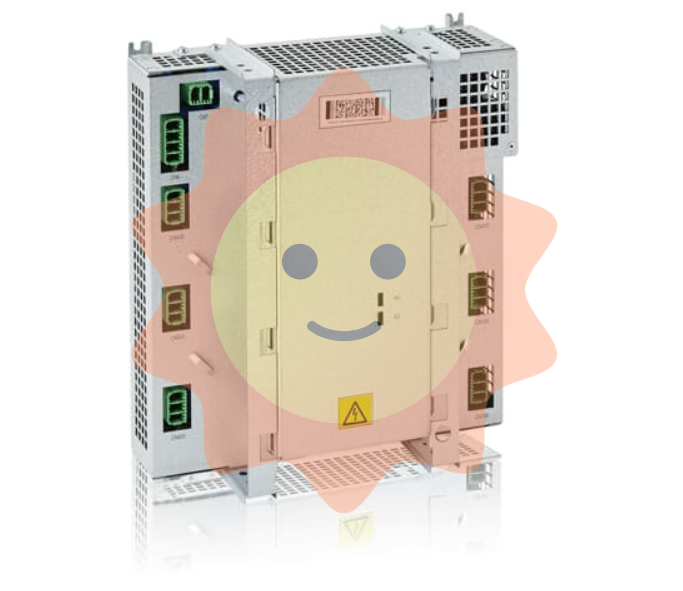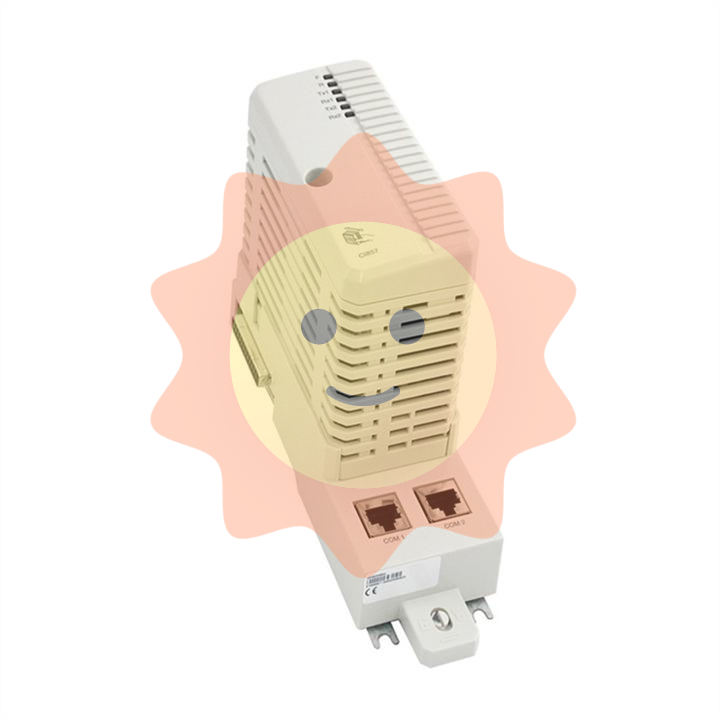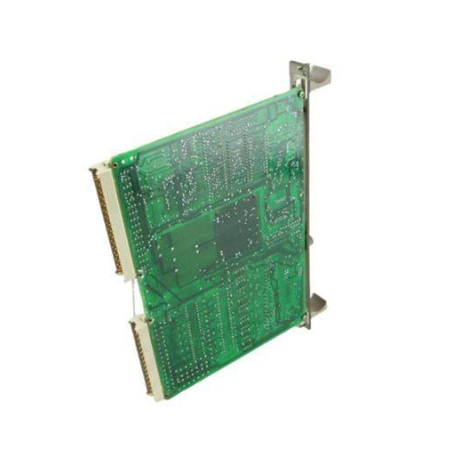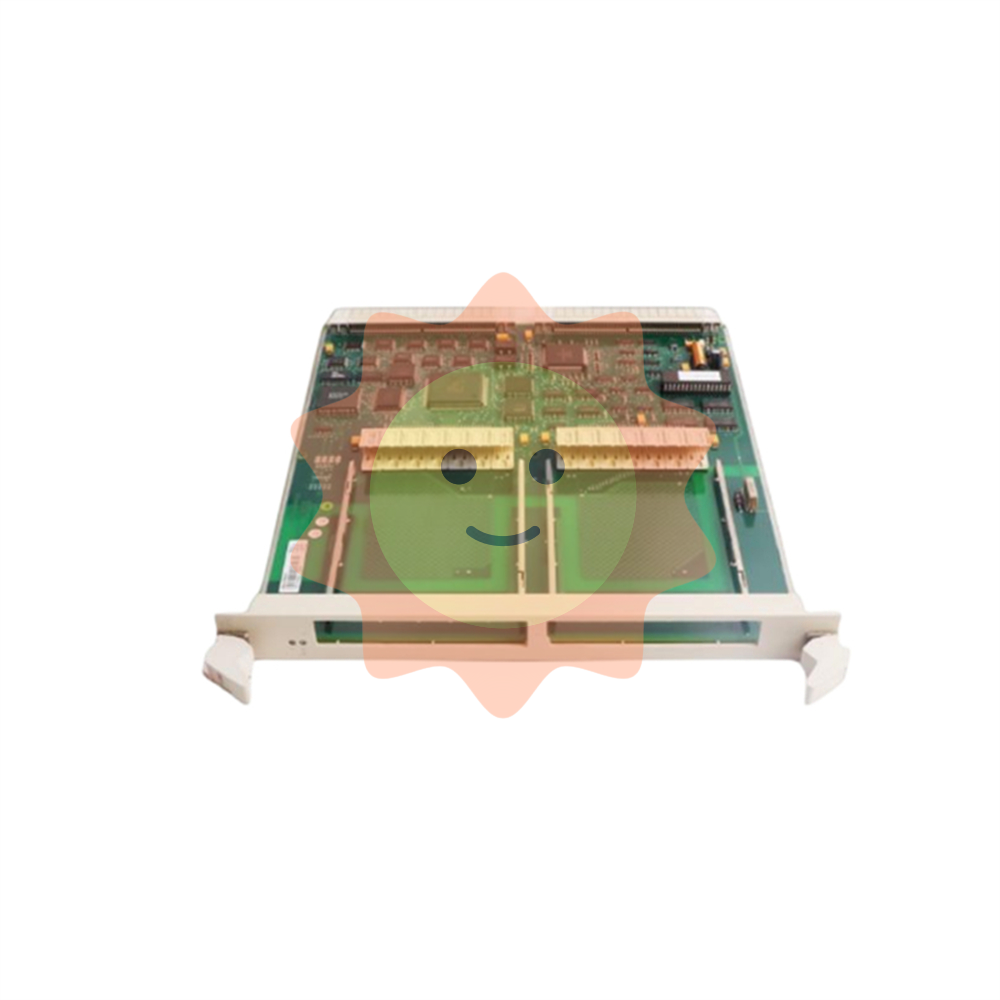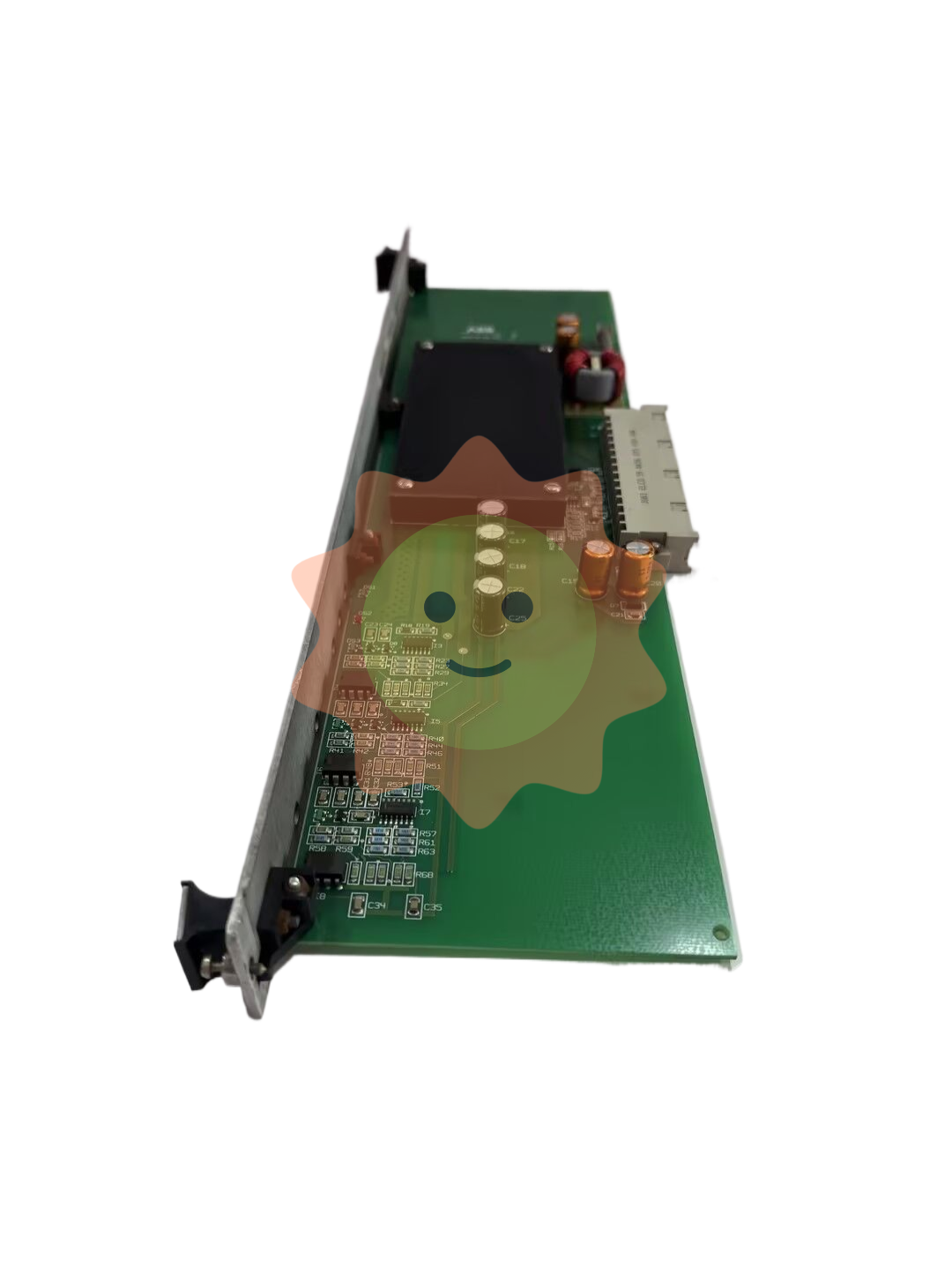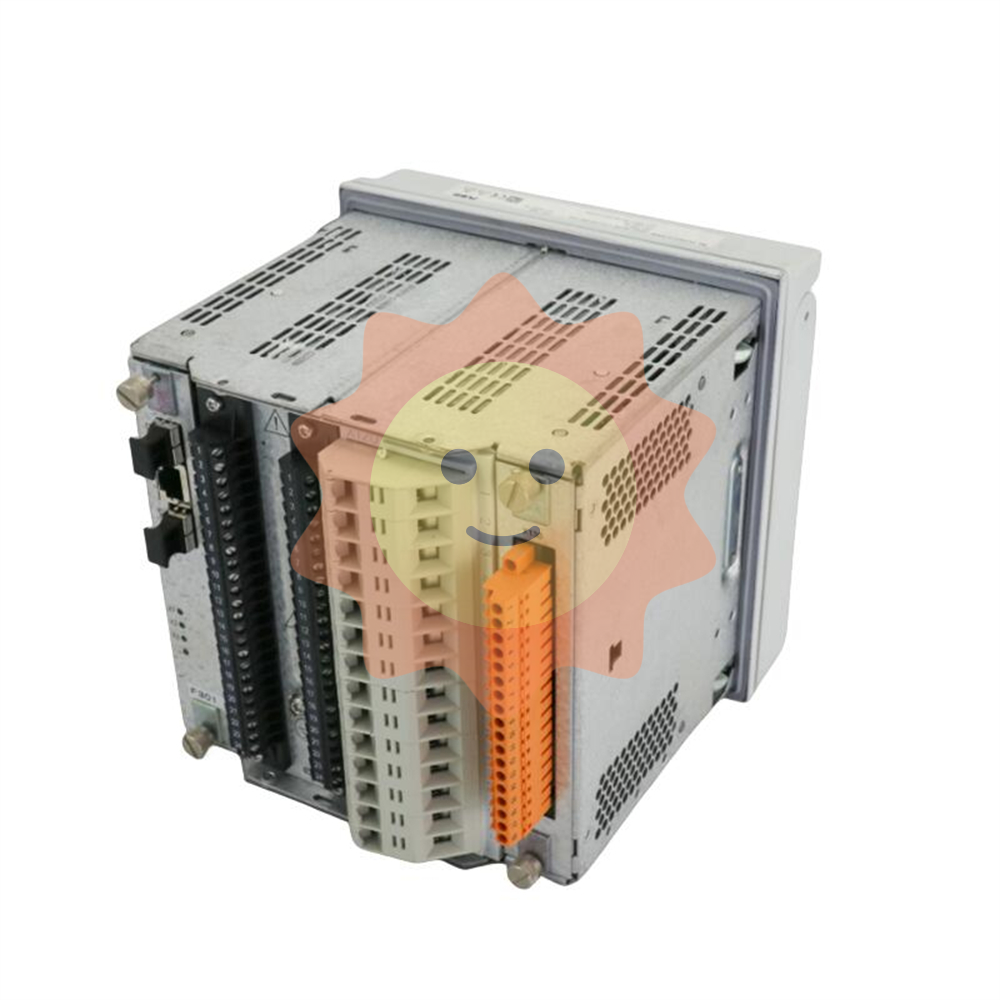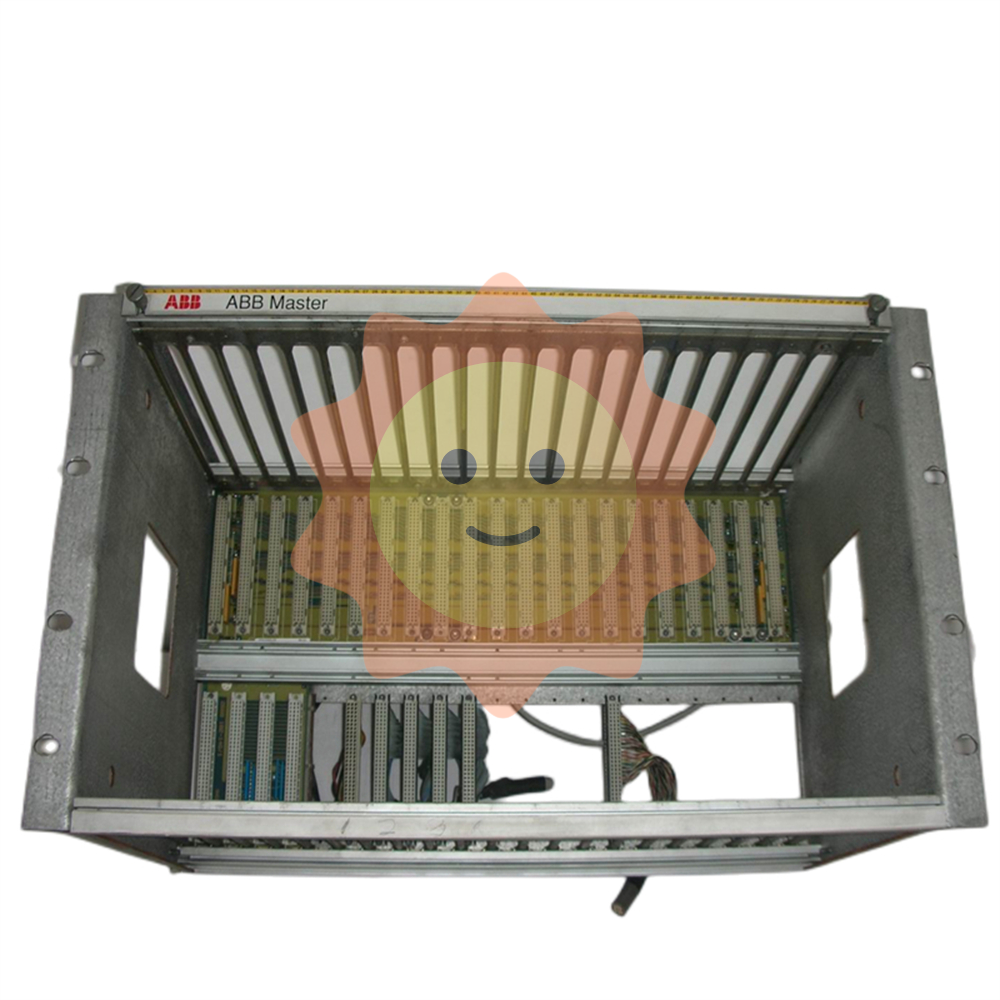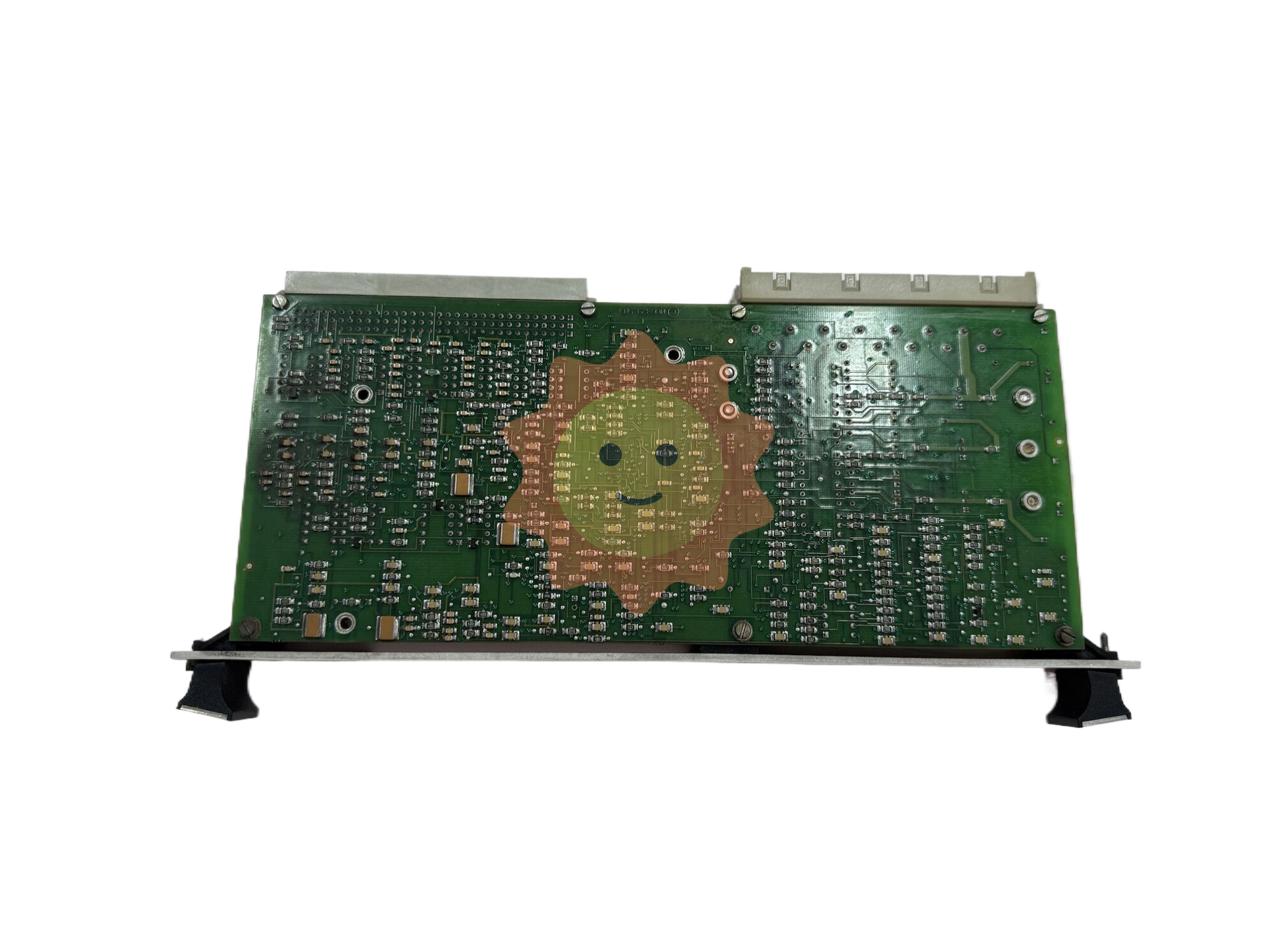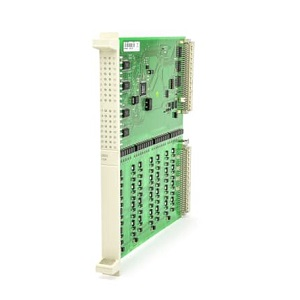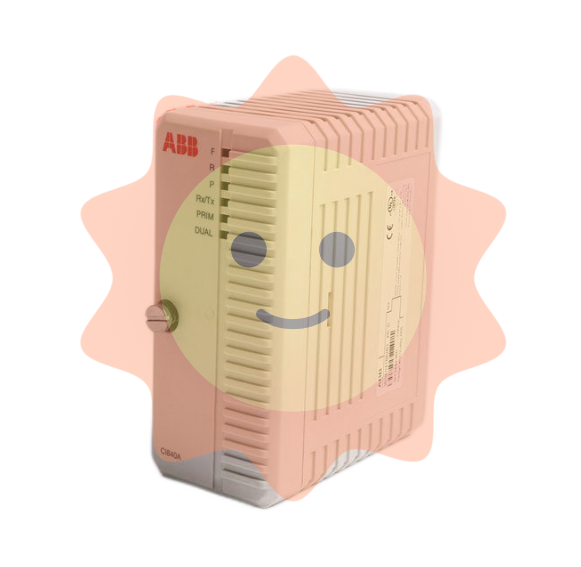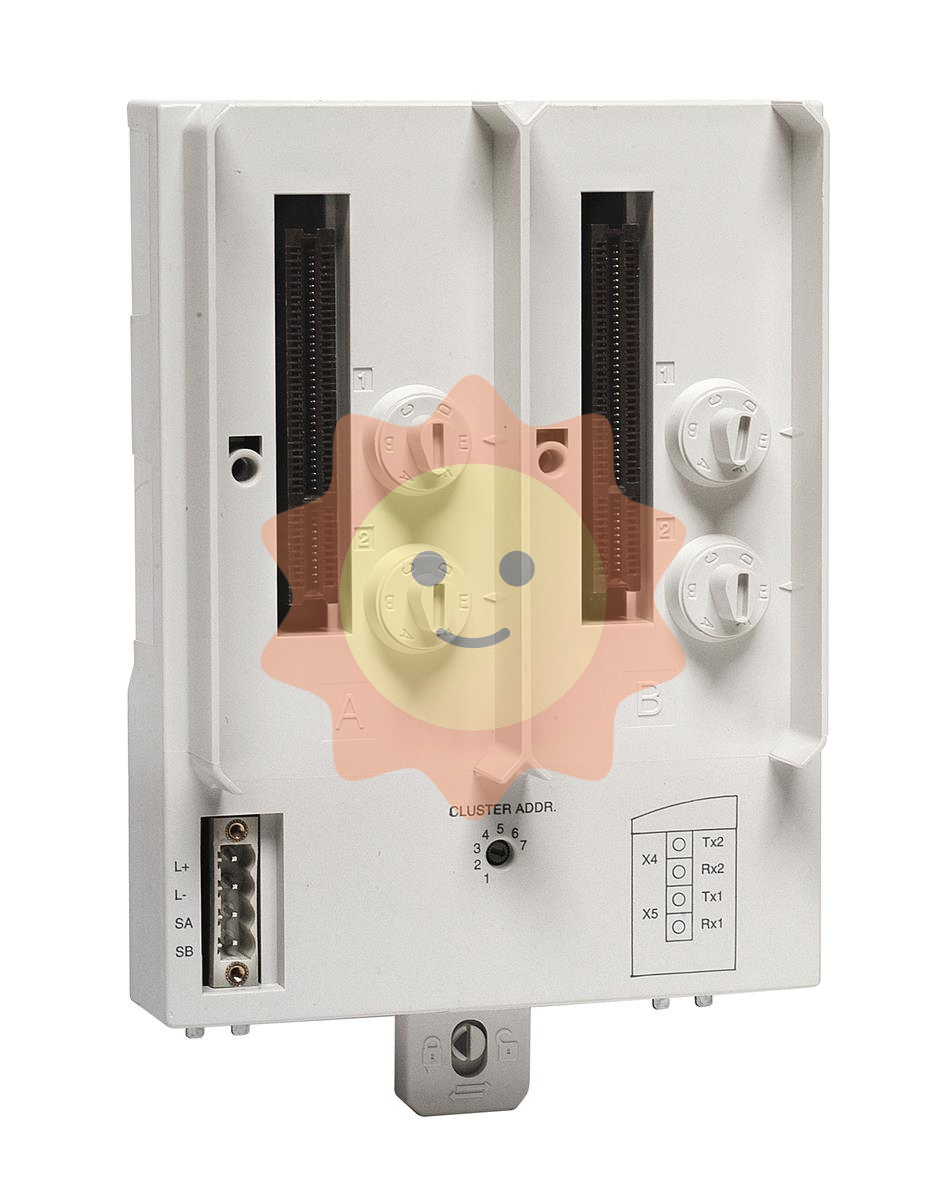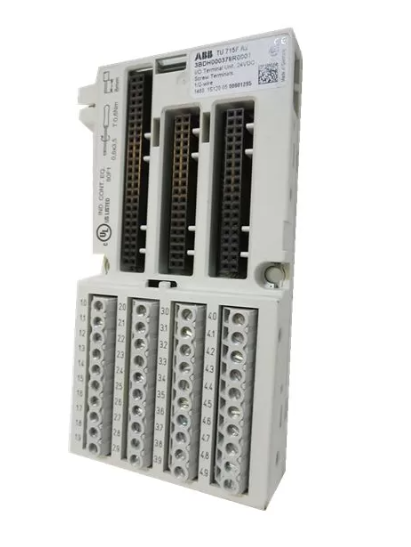ABB AI625 Analog Input 16ch, 12 Bit, 4-20 mA
Redundancy and Failure Diagnosis: Some models support redundancy configuration, automatic switching of standby modules when the main module fails to ensure uninterrupted operation of the system; built-in self-diagnostic function, real-time monitoring of power supply, communication, channel status, faults through the indicator and communication protocols to provide rapid feedback, to facilitate rapid positioning and repair.
Anti-interference ability: adopting multi-layer circuit board layout and shielding technology, combined with isolation design, it can effectively resist the influence of electromagnetic interference and power grid fluctuation at industrial sites, and can still work stably in high electromagnetic environments such as metallurgy, chemical industry, etc., reducing the system failure rate.
Flexible and easy-to-use features
Convenient configuration management: Supporting special configuration software, the graphical interface can quickly set the channel parameters (such as range, filtering mode, alarm threshold), support batch configuration, improve debugging efficiency; support online modification of parameters, without interrupting the system operation.
Strong system compatibility: standardised communication protocols and interface design, can be seamlessly integrated into various industrial automation systems, whether it is a new project or an upgrade of the existing system, can be quickly accessed to reduce the cost and difficulty of system integration.
Application Fields
Power industry
Substation monitoring: It is used to collect analogue data such as current, voltage and power of power equipment, and transmit them to the monitoring system through 4-20mA signals to monitor the operation status of the substation in real time, and discover abnormal situations such as overload and short circuit in time to ensure the safe and stable operation of the power system.
Power plant control: In thermal and hydroelectric power plants, it collects parameters such as boiler pressure, steam flow, generator current, etc., and provides data for the DCS system, so as to achieve precise control of power generation process and optimise the efficiency of energy utilisation.
Chemical industry
Production process monitoring: connecting pressure sensors, temperature sensors, liquid level sensors and other equipment, collecting data such as reactor pressure, temperature, pipeline flow, real-time monitoring of the chemical production process to ensure stable reaction conditions and prevent safety accidents caused by abnormal parameters.
Environmental protection monitoring: It is used to monitor the key indicators of wastewater and waste gas treatment in chemical enterprises, such as the pH value of wastewater, COD content, and the concentration of waste gas pollutants, etc., to provide data support for environmental protection supervision and to ensure that the enterprise meets the emission standards.
Manufacturing
Automated production line: In automotive manufacturing, electronic assembly and other production lines, collect analogue quantities such as robot arm torque, conveyor belt tension, equipment temperature, etc., to achieve real-time monitoring of production line operation status and fault warning, and improve production efficiency and product quality.
Quality inspection: connecting inspection equipment, collecting analogue signals such as product size, weight, surface roughness, etc., judging product quality through data analysis, realizing automated quality inspection, reducing manual inspection errors and costs.
Precautions
Installation and wiring
Environmental requirements: should be installed in a dry, ventilated, non-corrosive gas control cabinet, away from strong electromagnetic interference sources and heat sources, to ensure that the normal operation of the module environmental temperature and humidity meet the requirements.
Wiring specification: Use shielded twisted pair cable to connect 4-20mA signal source, and ground the shield reliably; follow the identification of the terminal row to connect correctly, and distinguish between positive and negative poles of the power supply and the signal input channel; avoid parallel laying with power cables to prevent electromagnetic interference.
Use and maintenance
Parameter setting: Before using configuration software to set parameters, confirm that the signal source range is consistent with the module settings; regularly check the alarm threshold settings to ensure timely response to abnormal conditions.
Daily maintenance: Clean the dust on the surface of the module regularly; check the status of the indicator to determine whether the operation is normal; according to the frequency of use and environmental conditions, calibrate the module every 1 - 2 years to ensure the accuracy of measurement.
Comparison and supplement of other models
Performance upgrade models
ABB AI635: the same 16-channel design, but the resolution has been increased to 16 bits, with a measurement accuracy of ±0.05% F.S., and the sampling rate has been increased to 1000Hz, which is suitable for scientific research, precision processing and other fields that have very high requirements for accuracy and real-time performance.
- EMERSON
- Honeywell
- CTI
- Rolls-Royce
- General Electric
- Woodward
- Yaskawa
- xYCOM
- Motorola
- Siemens
- Rockwell
- ABB
- B&R
- HIMA
- Construction site
- electricity
- Automobile market
- PLC
- DCS
- Motor drivers
- VSD
- Implications
- cement
- CO2
- CEM
- methane
- Artificial intelligence
- Titanic
- Solar energy
- Hydrogen fuel cell
- Hydrogen and fuel cells
- Hydrogen and oxygen fuel cells
- tyre
- Chemical fiber
- dynamo
- corpuscle
- Pulp and paper
- printing
- fossil
- FANUC
- Food and beverage
- Life science
- Sewage treatment
- Personal care
- electricity
- boats
- infrastructure
- Automobile industry
- metallurgy
- Nuclear power generation
- Geothermal power generation
- Water and wastewater
- Infrastructure construction
- Mine hazard
- steel
- papermaking
- Natural gas industry
- Infrastructure construction
- Power and energy
- Rubber and plastic
- Renewable energy
- pharmacy
- mining
- Plastic industry
- Schneider
- Kongsberg
- NI
- Wind energy
- International petroleum
- International new energy network
- gas
- WATLOW
- ProSoft
- SEW
- wind
- ADVANCED
- Reliance
- YOKOGAWA
- TRICONEX
- FOXBORO
- METSO
- MAN
- Advantest
- ADVANCED
- ALSTOM
- Control Wave
- AB
- AMAT
- STUDER
- KONGSBERG
- MOTOROLA
- DANAHER MOTION
- Bently
- Galil
- EATON
- MOLEX
- Triconex
- DEIF
- B&W
- ZYGO
- Aerotech
- DANFOSS
- KOLLMORGEN
- Beijer
- Endress+Hauser
- MOOG
- KB
- Moxa
- Rexroth


Email:wang@kongjiangauto.com


